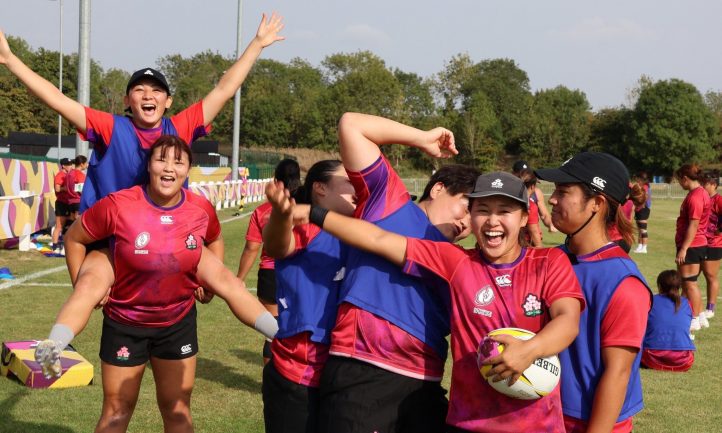From the start the organizing committee conceived this tenth RWC on a different scale from its predecessors.
Size
First, the increase from 12 to 16 participating nations. This isn’t the only time – the 1998 and 2002 versions were that size. But people soon realised the problems this larger number brought.
The bigger the tournament, the longer it would take to complete. In those purely amateur days players couldn’t find an excuse for taking so much time off work, and financing travel and accommodation when the union couldn’t or wouldn’t fund them.
Even now we are nowhere near a fully pro-game, and individuals are making great sacrifices, just as past generations did.
But matters have improved sufficiently for this to be a diminishing worry.
The more competitors there are, the wider the range of abilities. That has been a constant carping by (male) critics in recent weeks.
Their arguments are stymied by two factors: first, ’twas ever thus. There have been only three trophy winners in nine attempts; second, the enthusiasm surrounding this coming event is greater than ever. Just look at the faces of the rank outsiders, Brazil, as they arrive at Heathrow to be greeted by a rapturous welcome. Other sides have been welcomed by massed choirs from their native countries. When the Irish arrived, their airport was a sea of green.
This is by far the best way to widen the game’s scope. The minnows’ careless rapture is delightful. For them participation brings them as much pleasure as the joy felt by the winners in five weeks time.
Location
Here’s another big rethink.
Traditionally, the host country would select two centres, one for the group stages, the second for the semis and final.
That was the case in 2014 when France used first Marcoussis, its own dedicated training centre, then the Jean- Bouin Stadium in Paris.
Three years later the IRFU used the University of Dublin for accommodation, training and matches, before the big games switched to Belfast.
In the most recent version NZR came in for criticism for limiting its venues to the far north of the country. Their reasonable excuse was a concern about expense; ferrying people from North to South Island and back could have become prohibitively expensive – and that was only the players and staff.
In 2025 the organizers have gone to town – or rather eight of them – stretching from Exeter to Sunderland. Far more fans have the chance to see their heroes without having to travel too far.
Support facilities
News that Canary Wharf – London’s high-rise alternative business centre to the City – is laying on big-screen transmissions of every game free of charge is another indication of growing public awareness.
Then Northampton is presenting a rugby exhibition – open till 2 November! – to remind us of the town’s devotion to the game.
Always in the background lurk the two great museums devoted to the oval ball. First, the William Webb Ellis Museum in Rugby itself. Directly opposite the school itself lay the shoemakers, William and James Gilbert. That name remains one of the most familiar in the game. Enterprise rewarded.
Finally we can visit the World Rugby Museum, built into the substance of Twickenham stadium itself. It takes care to underline the part played by women in the development of the game, starting with the lovely story of the Ulster lass, Emily Valentine.
Together these two venues provide an unequalled survey of the history of the game.
I have certainly omitted far more offerings than I have included. They go to show the magnitude of the event.
The players are getting quite excited too!









